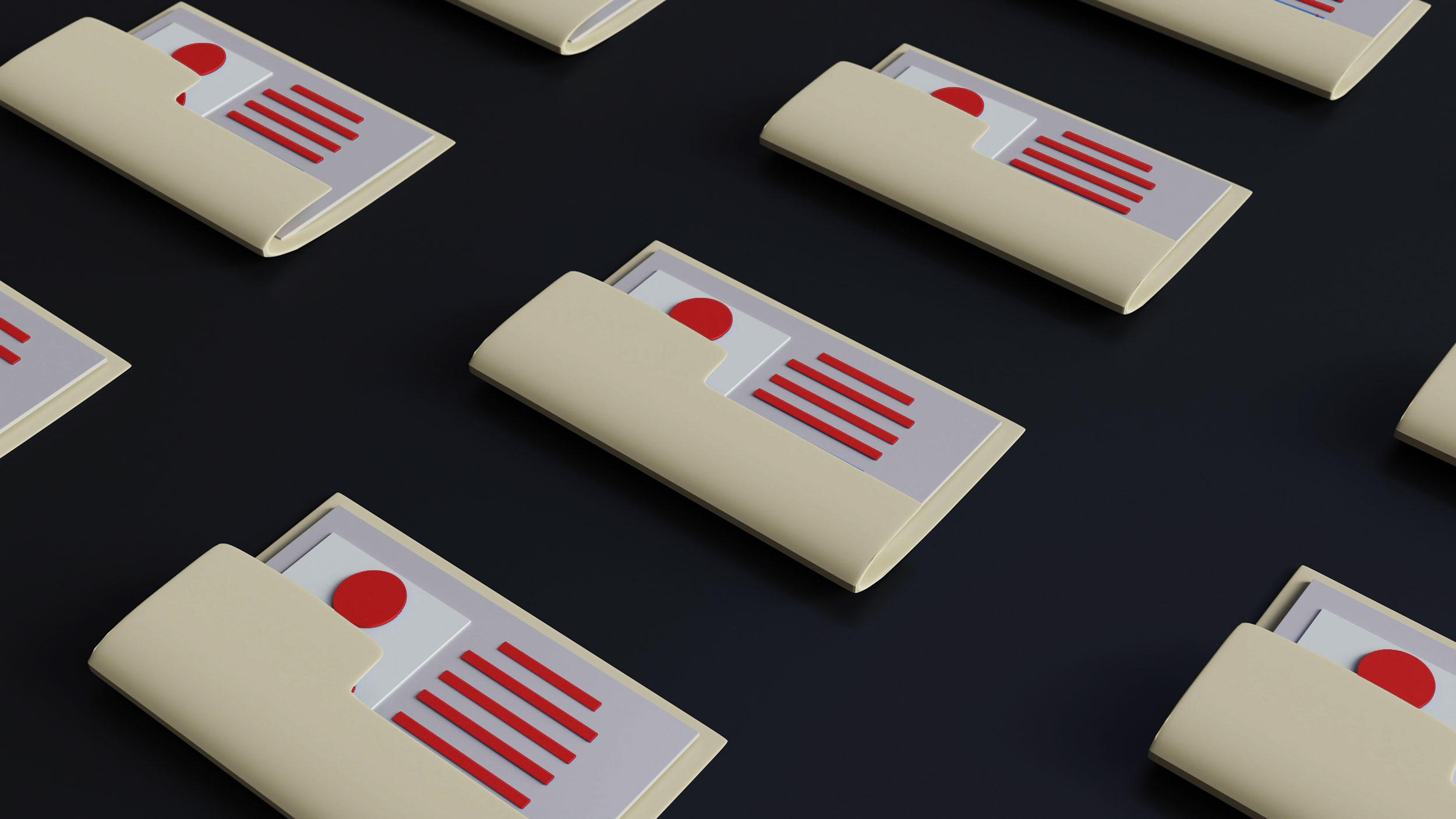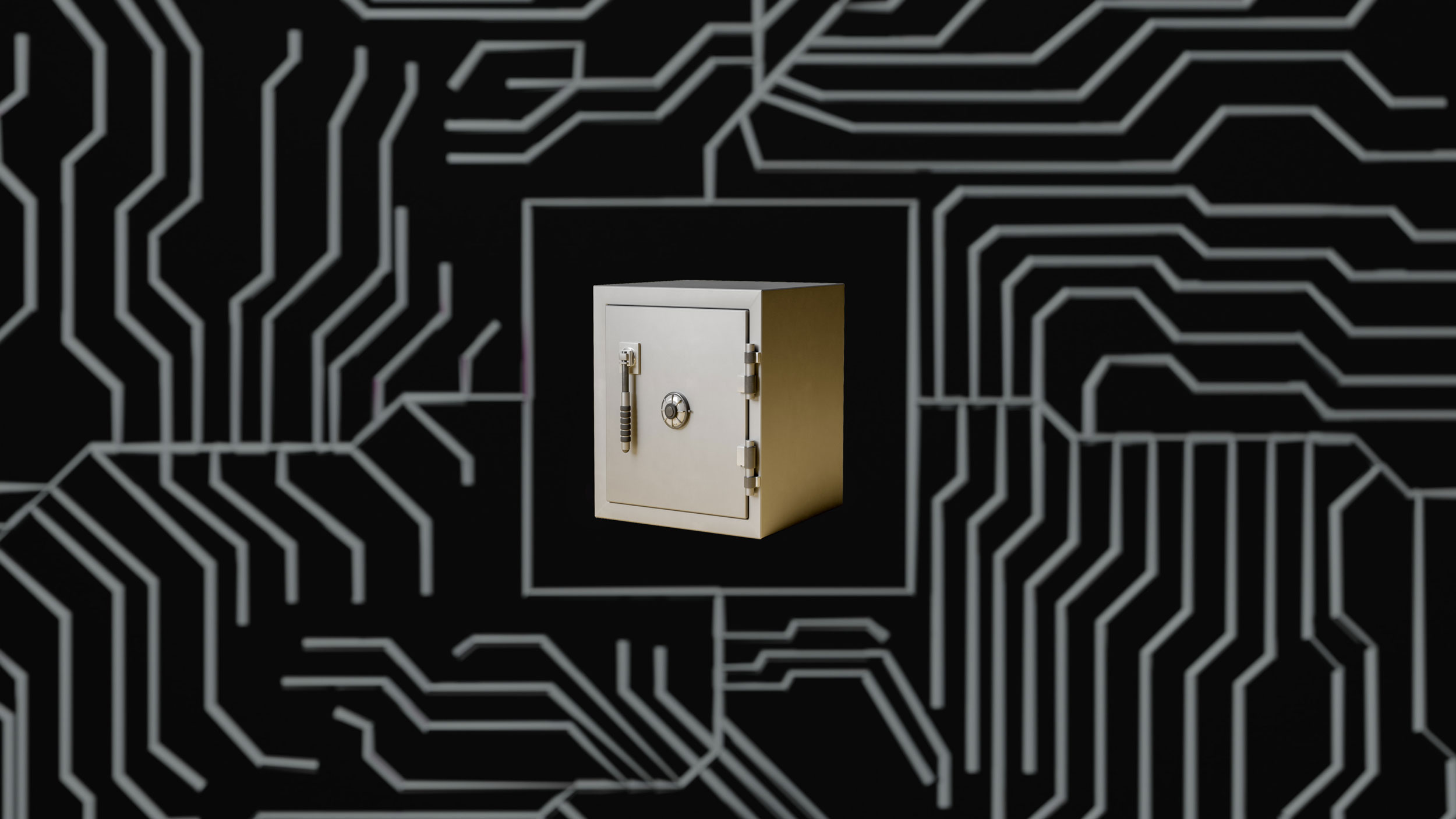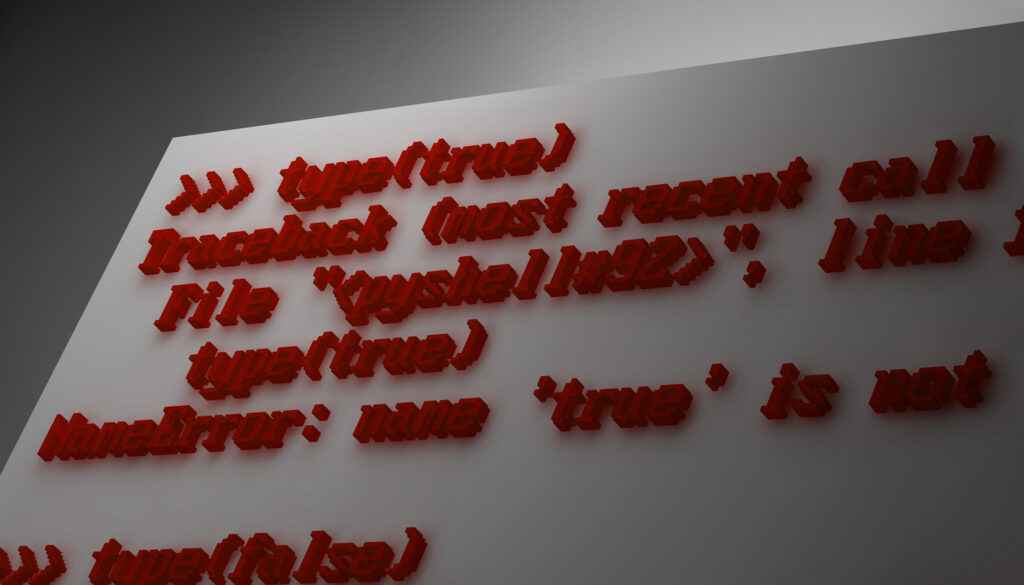
In the age where data can be considered the new gold, archiving has taken a paramount role in preserving not only the crucial pieces of our history but also everyday digital interactions.
Digital archiving is no longer just a task for historians and librarians, but an essential endeavor for cultural, scientific, business, and personal records in the digital age.
The rise of blockchain technology presents an innovative solution for securing the permanence of our digital artifacts. Blockchain is a robust distributed ledger technology that’s changing the way we think about storing and safeguarding digital records.
In this blog post, we’ll unwrap the multifaceted role of blockchain in digital archiving, offering insights into how this technology is part of the solution of data preservation.

What is Blockchain?
Before delving into how blockchain can be a part of a digital archiving solution, we must first grasp the rudimentary principles of this technology.
Technically, a blockchain is a distributed database or ledger that is open to anyone. It consists of a series of blocks, each containing a number of transactions. Each block is connected to the one before and after it, creating an unbreakable chain that is secure and transparent.
But, practically, how does that benefit digital archiving?
Benefits of Blockchain in Archiving
Let’s look at how blockchain’s inherent features benefit digital archiving:
Decentralization and Data Redundancy
Decentralization is the heartbeat of blockchain technology. Unlike traditional centralized systems, where data is stored in a single location, blockchain distributes data across a network of nodes. This architecture naturally leads to several benefits for digital archiving:
-
Redundancy: Multiple copies of the data exist across the network, ensuring that if one node goes offline, the data persists elsewhere, untouched.
-
Resilience: This spread-out approach makes the system highly resistant to server failures or attacks.
-
No Single Point of Failure: The decentralized nature of blockchain eliminates the risk of data loss due to localized issues.
By adopting a decentralized model, blockchain provides a robust platform for preserving digital records.
Immutability: Ensuring Data Integrity
In blockchain, once data has been entered into a block and added to the chain, it becomes immutable—meaning it cannot be altered or deleted. This immutability is enforced through cryptographic hashes—a complex algorithm that turns any form of data into a unique string of characters.
For digital archiving, this means:
-
Verifiable Authenticity: Archivists and users can trust that the document has remained unchanged since its point of entry.
-
Historical Accuracy: Ensures the stored information reflects its original state, an invaluable attribute for preserving history.
Smart Contracts for Rights Management
Blockchain allows the creation of smart contracts, which are self-executing contracts with the terms of the agreement directly written into code. These can have powerful implications for rights management within digital archives:
-
Automated Processes: Smart contracts facilitate permissions and access controls for different users, automatically enforcing digital rights without the need for intermediaries.
-
Efficiency: They streamline operations, reducing the time and effort required for rights management.

Enhancing the Accessibility and Longevity of Archives
Utilizing blockchain technology in digital archiving significantly enhances the accessibility and longevity of stored data.
Let’s delve into this transformative impact:
Overcoming Obsolescence with Technology
Obsolescence has always been a nemesis of digital preservation. As technologies rapidly evolve, the formats and storage media we use today might become unreadable in the future. Blockchain offers a potent solution:
-
Format Agnosticism: Blockchain’s storage methods are independent of formats, ensuring future accessibility irrespective of changing standards.
-
Continuous Availability: Blockchain networks, being decentralized, are not limited by the lifespan of any single provider or technology.
Comparison of Traditional vs. Blockchain Digital Archiving
|
Feature |
Traditional Digital Archiving |
Blockchain Digital Archiving |
|
Longevity |
Dependent on media lifespan |
Designed for permanence |
|
Data Integrity |
Prone to alteration |
Ensured through immutability |
|
Accessibility |
Varies by platform |
Always available network-wide |
|
Cost Model |
Subscription-based |
One-time fee for storage |
|
Resistance to Obsolescence |
Medium to low |
High |
Trust and Verification in the Digital Age
In an era where misinformation and data breaches are rampant, establishing trust is paramount. Blockchain comes to the rescue:
-
Auditable Trail: Blockchain provides a complete and auditable history of each piece of data, ensuring authenticity.
-
Data Provenance and Pedigree: Blockchain’s transparent nature guarantees that the origin and changes to digital records are traceable and clear.
Through blockchain, we can create archives that are not only more accessible but also inherently more trustworthy, ensuring that the data we rely upon to understand our past—and shape our future—retains its integrity and authenticity.

Implementing Blockchain in Archiving Systems
Stepping from theory into practice, implementing blockchain in archiving systems requires careful planning and a forward-thinking strategy (as all archiving does!). Institutions that aim to future-proof their archives must understand how to navigate the complexities of blockchain integration. Here’s a roadmap to guide that process.
Steps for Integrating Blockchain into Existing Archives
Assessment
Audit current archiving systems
Identify the types of records to be archived on the blockchain
Technology Selection
Choose a blockchain platform suitable for archival needs
Evaluate potential blockchain service providers
Development
Develop or procure a user interface for the archive
Integrate blockchain with existing digital infrastructures
Migration
Execute a phased migration of archives to the blockchain
Validate the integrity of transferred data
Deployment
Pilot the blockchain archive with a limited set of data
Train staff on new operational procedures
Scale-up and roll-out the blockchain archiving system fully
The Role of Metadata in Blockchain Archiving
In the archiving domain, metadata serves as a compass—it directs users to the right information. Including descriptive, structural, and administrative metadata on the blockchain enhances discoverability and context:
Descriptive Metadata: Supports the identification and retrieval of information.
Structural Metadata: Outlines the arrangement and relationships between records.
Administrative Metadata: Provides information to help manage the archives (e.g., archiving date, access rights, preservation activities).
Scalability Considerations
A vital factor when bringing blockchain to archiving systems is scalability. As archives grow, the blockchain must sustain increased transaction volumes and data storage without compromising performance. Solutions such as off-chain storage and layer two protocols are being explored to address scalability.
Overcoming Technical Challenges
Integrating blockchain into archiving systems isn’t without its technical hurdles:
Interoperability: Ensuring the blockchain system can communicate with existing digital environments.
Data Migration: Safeguarding data integrity during the transfer to blockchain.
Long-term Viability: Keeping up with rapidly evolving blockchain technologies while maintaining accessible archives.
By acknowledging and addressing these challenges, archiving specialists lay the groundwork for an evolution in data stewardship. The progressive nature of blockchain calls for a proactive approach to integration, and those who answer this call stand to redefine the archives of tomorrow.

Challenges and Considerations
While the integration of blockchain into digital archiving heralds many benefits, it also comes with its own set of challenges and considerations that need addressing.
Technical, Ethical, and Practical Challenges
Adopting blockchain technology in the realm of digital archiving is not without hurdles. Here are some areas that require careful deliberation:
Technical Complexity
-
Learning Curve: Blockchain’s advanced nature means a higher barrier to entry for those unfamiliar with the technology.
-
Integration: A seamless integration with existing archival systems is necessary to harness the full potential of blockchain.
Ethical Considerations
-
Privacy: With the permanence that blockchain provides, there is a need for strict privacy controls to protect sensitive information.
-
Access Control: Deciding who has the power to add or access archival data on a permanent ledger can raise ethical questions regarding censorship and control.
Practicality Aspects
-
Scalability: Blockchain networks must be ready to handle the ever-growing volume of archival data.
-
Cost Implications: Despite the declining storage costs, the initial investment for blockchain storage might still be a hurdle for some organizations.
Integrating Blockchain with Emerging Technologies
The confluence of blockchain with other emerging technologies could give rise to unprecedented archiving solutions:
Artificial Intelligence (AI): AI can analyze blockchain data to enhance metadata creation and optimize archival storage strategies.
Internet of Things (IoT): IoT devices could automatically generate and store real-time data on blockchains, opening new frontiers in archival sources.
Case Study: ArDrive and Archiving
ArDrive, leveraging the Arweave network, offers a practical case study in blockchain archiving. Its model of permanent, one-time payment storage addresses the challenges of traditional archiving methods.
Arweave’s decentralized structure and blockweave technology provide a robust platform for ArDrive, showcasing the effectiveness of blockchain in ensuring data permanence and integrity.
As a platform built on the Arweave network, ArDrive offers perpetual storage solutions for users worldwide. Here’s how it stands as a testament to the power of blockchain in this realm:
Key Feature | Description | Benefit |
Permanent Storage | ArDrive utilizes Arweave’s ‘pay-once, store-forever’ model, ensuring data permanence. | Eliminates concerns about data loss over time and removes the need for ongoing storage fees. |
Security | Leveraging blockchain technology, ArDrive ensures data is tamper-proof and secure. | Enhances the integrity and confidentiality of stored data, making it safe from unauthorized access. |
Decentralization | ArDrive benefits from Arweave’s decentralized storage system. | Increases reliability and resilience against data loss or system failures. |
Cost-Effectiveness | The one-time payment model for data storage is economically viable for long-term archiving. | Reduces financial burden for users and organizations, making it a practical solution for permanent archiving. |
Metadata Management | ArDrive supports effective metadata integration, enhancing data discoverability and context. | Improves the management, retrieval, and organization of archived data. |
User-Friendly Interface | ArDrive offers an accessible platform for interacting with the Arweave network. | Simplifies the process of storing and accessing data on a blockchain network for a wide range of users. |
Scalability | ArDrive, built on Arweave, is designed to handle growing volumes of data without performance issues. | Ensures the platform can accommodate increasing data needs over time. |
Interoperability | ArDrive can integrate with existing digital infrastructures, enhancing its utility. | Facilitates seamless data migration and usage across different systems and platforms. |
Global Accessibility | The decentralized nature of ArDrive allows for worldwide access to stored data. | Democratizes access to information, ensuring data is available to users globally. |
Final Thoughts on Blockchain in Archiving
The potential of blockchain in archiving is almost palpable, with current constraints being actively researched and addressed. As both technology and society evolve, blockchain seems poised to anchor itself as a key player in safeguarding humanity’s collective memory.
Now, let us encapsulate the essence of our exploration into a conclusive synthesis, reflecting not merely on what blockchain can do for archives but on what this merging of the past with the future signifies for our understanding—and remembrance—of history.